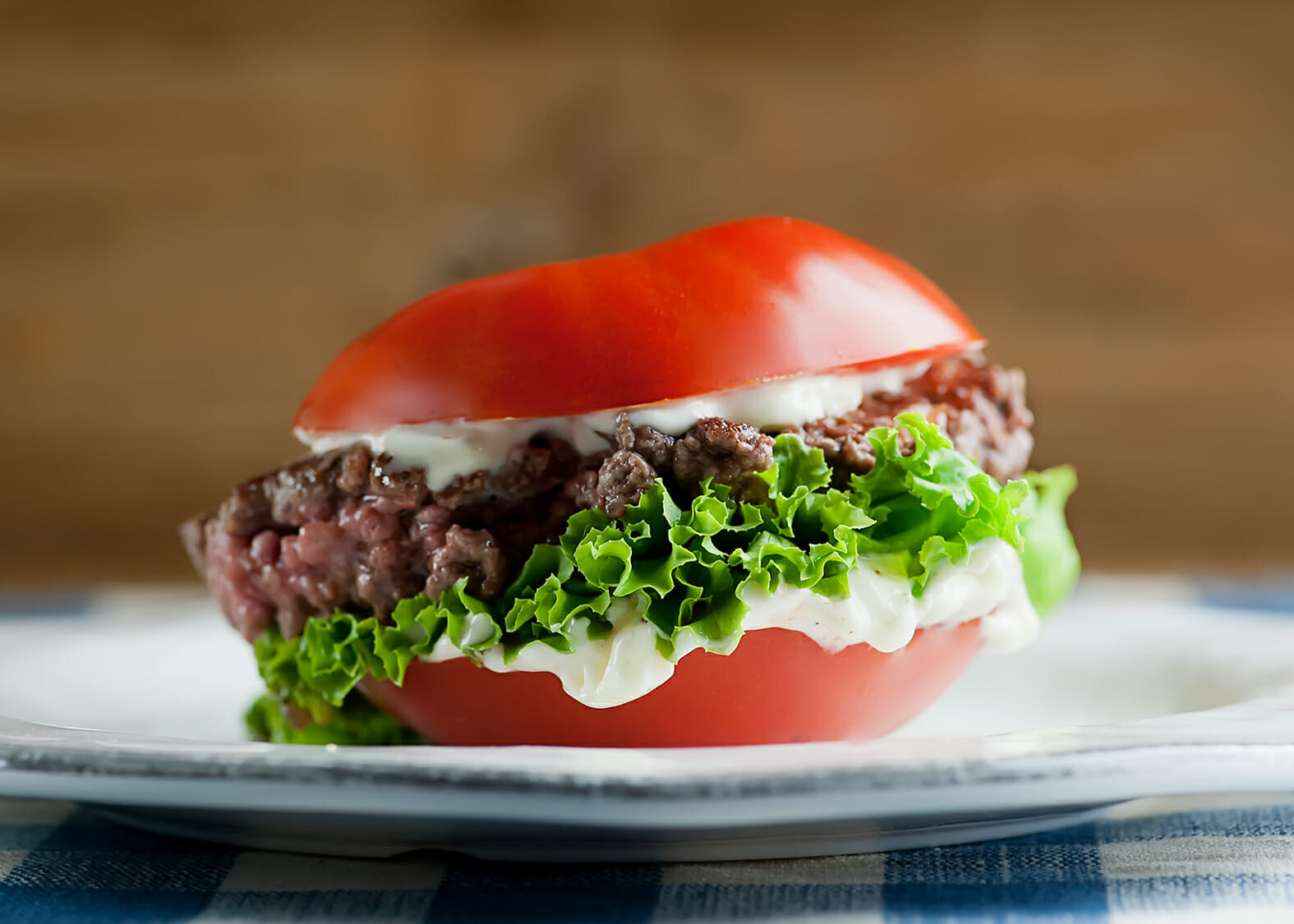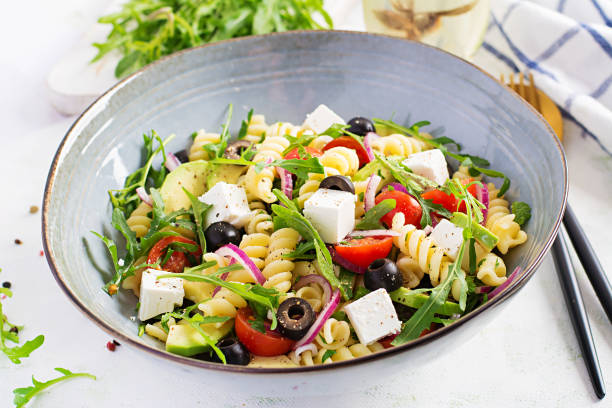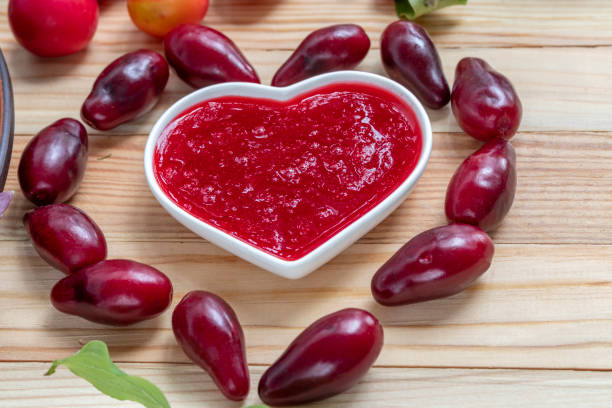Chocolate, margarine, detergent: there is palm oil in almost every supermarket product. But the massive cultivation of oil palms is a great danger for the rainforest and its inhabitants. We provide information about which products contain palm oil and how consumers can act responsibly without giving up products with palm oil entirely.
The number is impressive: 53 million tons of palm oil were produced in 2013, and the trend is rising. The oil, which is obtained from the kernel and pulp of the fruit of the oil palm, is a real all-rounder: it has a high melting point, which is why it gives food a creamy texture.
At the same time, it can be heated to very high temperatures; therefore it is found in frying and deep-frying fat such as palm. Cheap to produce, palm oil can be processed into biodiesel as well as cake icing, chocolate, mascara, and soap. There are thousands of products with palm oil in every supermarket.

So far, so good, one might think a fast-growing, extremely flexible natural product, this palm oil.
A look at the rainforests of Southeast Asia reveals the dramatic downside: In order to satisfy the global hunger of the industry for palm oil, rainforests are being cut down on a large scale, especially in Malaysia and Indonesia, or forest areas are simply being burned. In its place is a monoculture that offers no habitat whatsoever for flora and fauna, let alone protection from flooding or erosion. Since 1990, the area under cultivation for oil palms has doubled worldwide and even increased tenfold in Indonesia (source: WWF).
Palm oil plantations now cover twelve million hectares worldwide – that’s a third of Germany! An intact rainforest is not only important for the global climate, it is also a habitat for endangered animal species such as orangutans and tigers. The fire clearing of the forest is particularly difficult for the orangutans: the rare great apes are repeatedly killed in the flames.
You can’t do without palm oil either
But boycotting palm oil completely is not a solution either, according to environmental organizations such as the WWF or Greenpeace. In principle, palm oil is not a bad oil: It takes less space and time to grow than comparable oil plants. In this way, a large part of the global demand for vegetable oils can be covered in a relatively small area. In order to achieve a comparable yield of soybean oil, for example, the area under cultivation would have to be more than twice as large. For many small farmers in Southeast Asia, the cultivation of oil palms is also a way out of poverty.
But the cultivation of palm oil – the experts agree – must change radically. Otherwise, the green rainforests of Southeast Asia will soon be history.
Unfortunately, most palm oil producers are still a long way from an ecologically, economically, and socially acceptable standard.
The Round Table for Palm Oil (RSPO) has existed since 2008 and sets certain minimum production standards and issues a certificate. The RSPO is not an eco-label: it is about doing more for working conditions and environmental protection on the plantations than is required by the laws of the respective country. The label is also only awarded to areas for which no rainforest has been cleared since 2005.
Which products contain palm oil?
It would make more sense here to ask the opposite question: Which products actually contain no palm oil? It is found in every second supermarket product in various degrees of processing, for example in ready meals such as pizza, in chocolate, in spreadable fat, in biscuits, in muesli, in shampoos, hair treatments, creams, mascara, and concealer. This is where the various practical properties of the oil come into play again: it makes creams easier to spread, makes the chocolate pieces in the cookies you buy creamy, and lets pizza cheese spread beautifully. Since palm fat can also be used to produce surfactants, it is also contained in almost every detergent.
How do I recognize products with palm oil?

For a long time, the vague term “vegetable fat” was sufficient to declare different fats in a product. Fortunately, that changed in December 2014: Since then, every vegetable fat contained in food has to be explicitly named.
The ingredients must also be listed in a standardized manner throughout Europe on all cosmetics packaging, but unfortunately not necessarily in German. If palm oil is found in cosmetics and there is no German translation, then there are terms such as palm stearine, palmitate, palm olein, or palm kernel oil. Some suppliers, especially from the natural cosmetics sector, also label in German. Some providers such as Dr. Hauschka and Annemarie Börlind never use palm oil.




















